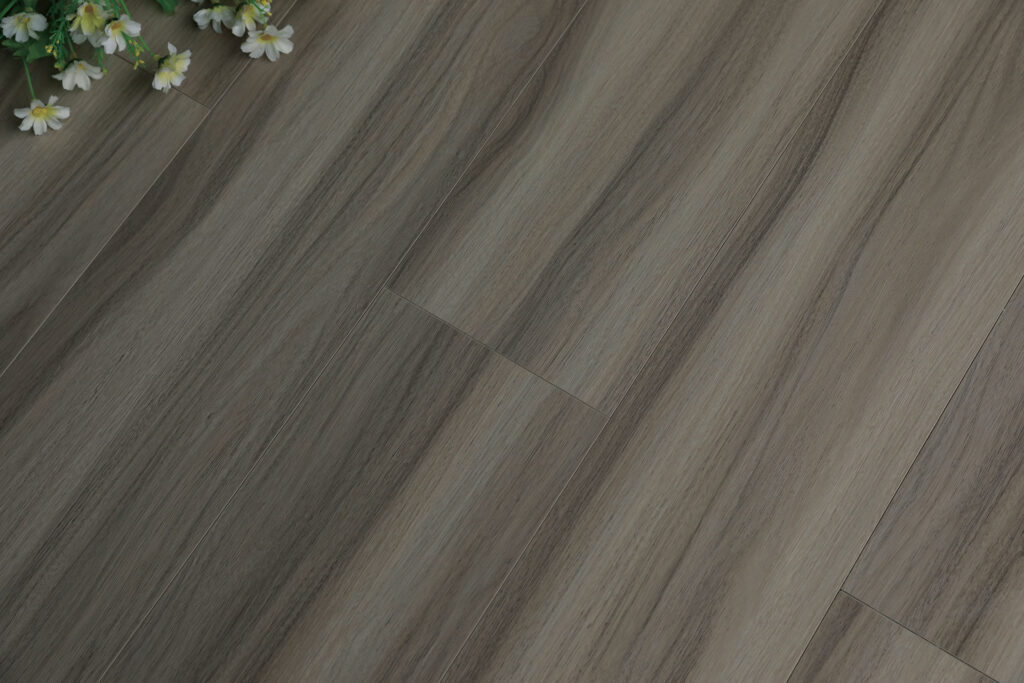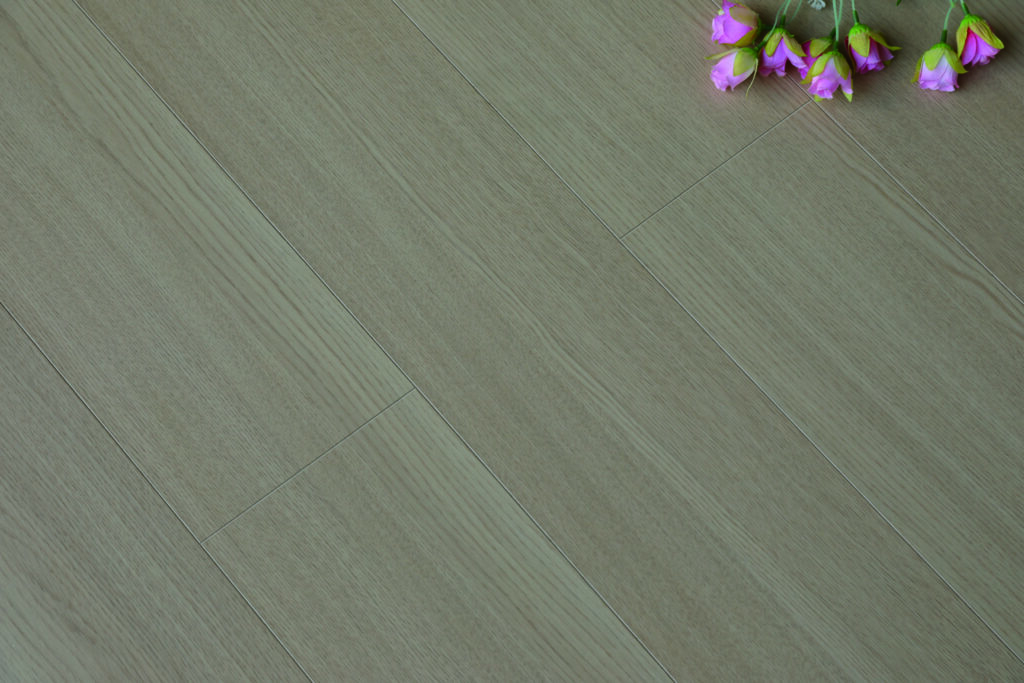OSB Flooring,A Comprehensive Guide
OSB, or Oriented Strand Board, has become a popular choice for flooring in various construction and renovation projects. But what exactly is OSB flooring, and what are its advantages and disadvantages?

OSB flooring is an engineered wood product. It is manufactured by peeling and slicing large-diameter logs into thin, narrow wood strands. These strands are then dried, coated with a waterproof adhesive, and arranged in layers with the wood fibers running in specific directions. Typically, the strands in adjacent layers are oriented at right angles to each other, which enhances the board’s strength and stability. Afterward, the layers are pressed together under high pressure and heat to form sturdy, flat panels that can be used as flooring.
One of the most significant advantages of OSB flooring is its affordability. Compared to solid hardwood or some high-end laminate flooring options, OSB is much more budget-friendly. This makes it an attractive choice for large-scale construction projects or for homeowners on a tight budget. Additionally, OSB is highly durable and can withstand heavy foot traffic, making it suitable for both residential and commercial applications. Its cross-layered structure gives it excellent resistance to warping, twisting, and shrinking, ensuring that the floor remains flat and stable over time.
Another benefit is its ease of installation. OSB panels are relatively lightweight, which simplifies handling during installation. They can be quickly fastened to floor joists using nails or screws, reducing labor time and costs. Moreover, OSB has good nail-holding ability, ensuring that fixtures and finishes remain securely attached. OSB is also an environmentally friendly option. It is made from fast-growing trees and uses almost the entire log, minimizing waste. The adhesives used in modern OSB production are often low in volatile organic compounds (VOCs), making it a more sustainable choice for indoor environments.
However, OSB flooring also has its drawbacks. One of the main concerns is its susceptibility to moisture. OSB is not inherently waterproof, and prolonged exposure to water or high humidity can cause the boards to swell, warp, and deteriorate. This makes it less suitable for areas prone to moisture, such as bathrooms, basements without proper waterproofing, or laundry rooms, unless additional moisture barriers are installed. In addition, the appearance of OSB is not as aesthetically pleasing as some other flooring materials. It has a rough, textured surface and a brownish color that is not typically suitable as a finished floor. Usually, it serves as a subfloor, and other decorative flooring materials like hardwood, tile, or carpet are installed on top of it.

Furthermore, although modern OSB uses adhesives with reduced VOC emissions, some older or lower-quality products may emit formaldehyde, a potentially harmful chemical. This is an important consideration, especially for those with sensitivities to chemicals or for indoor environments where air quality is a top priority.
In conclusion, OSB flooring offers a cost-effective, durable, and easy-to-install option for many construction and renovation projects. While it has limitations, especially regarding moisture resistance and appearance, understanding its characteristics allows builders and homeowners to make informed decisions about its suitability for their specific needs.